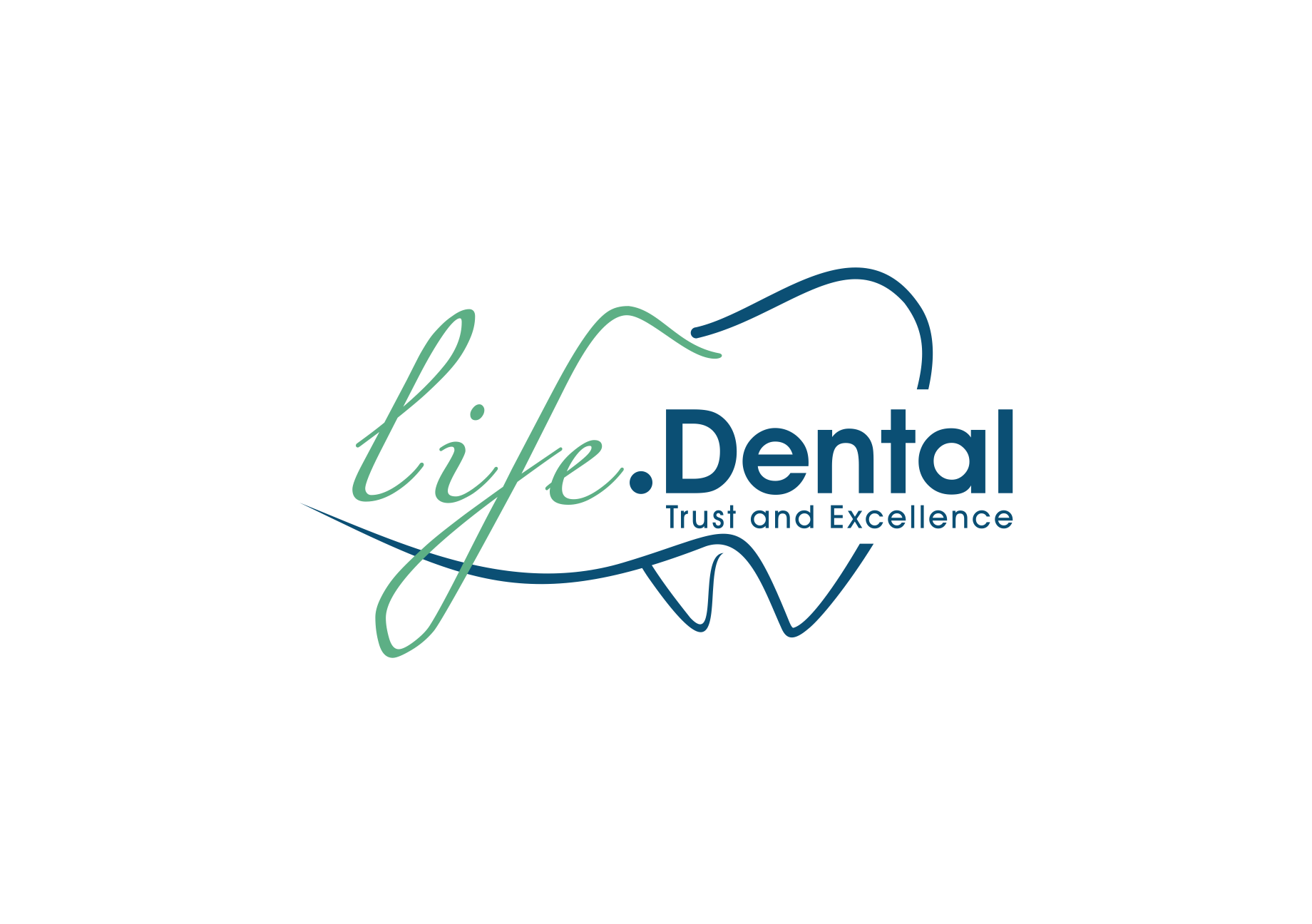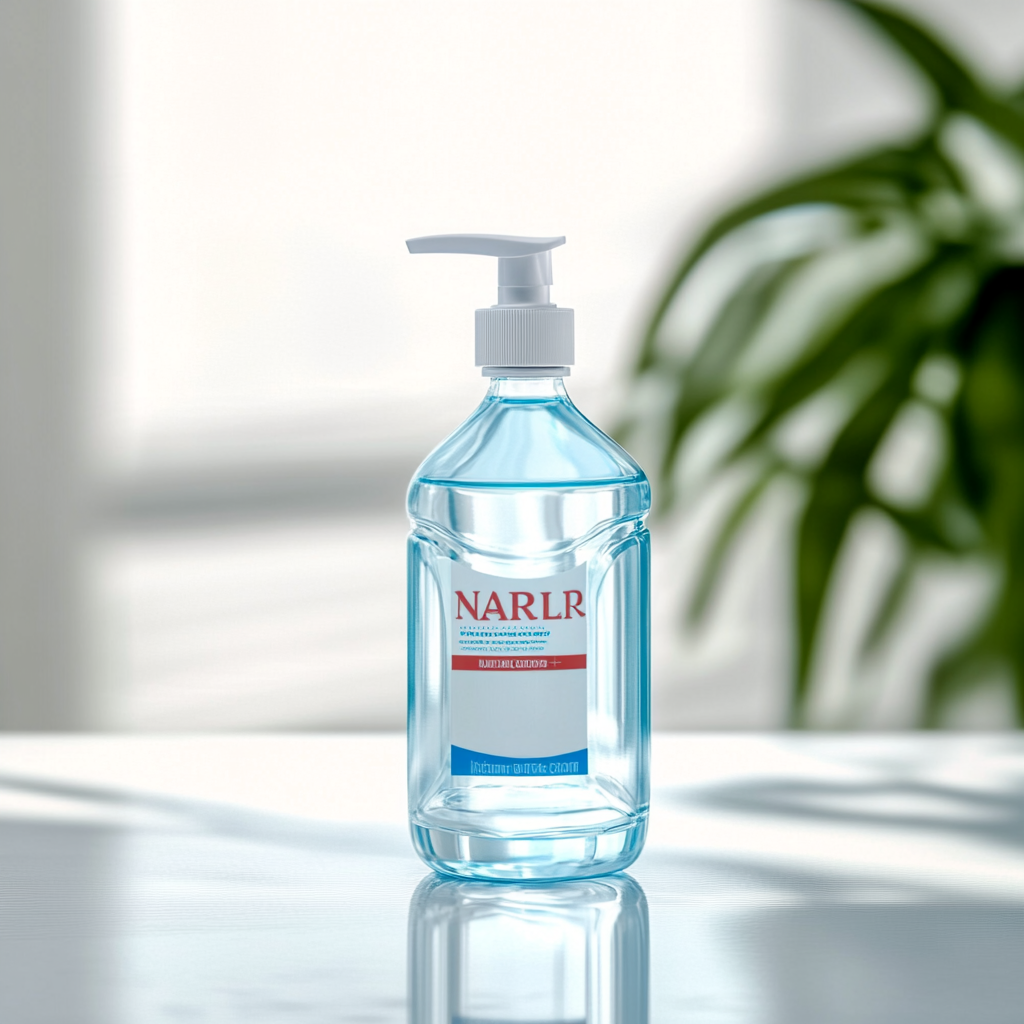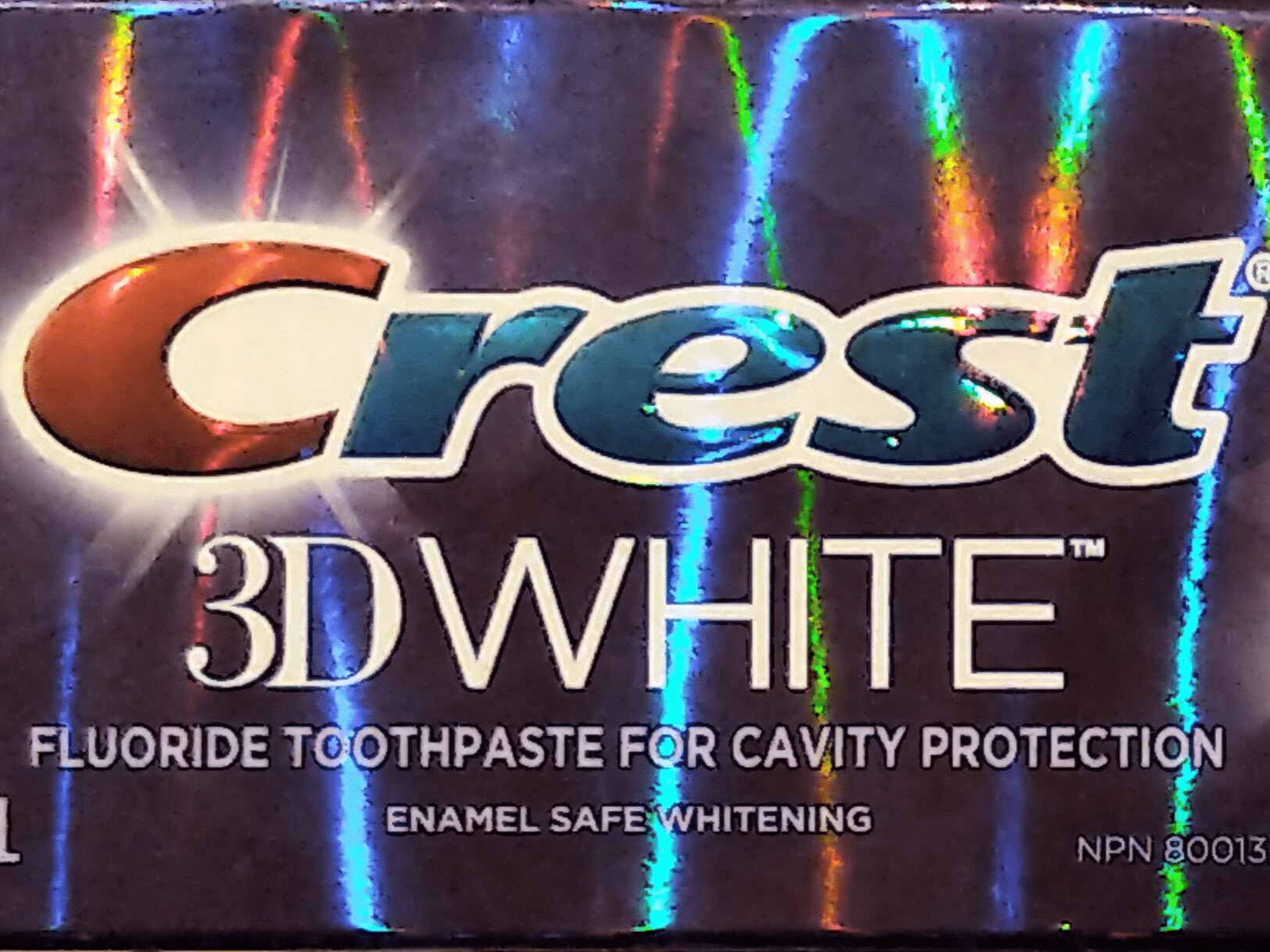· Dental Care · 4 min read
Choosing the Right Toothpaste: Why Less Abrasive and Ingredient-Friendly Matters
Toothpaste abrasiveness, SLS sensitivity, and the importance of avoiding artificial sweeteners are crucial for maintaining good oral health. This guide outlines what you need to know.

Overview
Choosing the right toothpaste may seem like a minor decision in your daily routine, but it plays a crucial role in maintaining oral health. Many of us overlook factors like abrasiveness and common ingredients like Sodium Lauryl Sulfate (SLS) or saccharine that can significantly impact your teeth and gums. In this article, we’ll dive into why selecting a less abrasive toothpaste is essential, particularly if you have sensitive teeth or specific allergies.
Why Less Abrasive Toothpaste is Better
Toothpaste abrasiveness is often measured using the Relative Dentin Abrasivity (RDA) scale. This value ranges from 0 to 250, and while higher abrasiveness may seem beneficial for whitening and stain removal, it can have harmful long-term effects.
The RDA values are categorized as follows:
- 0-70 (Low abrasive): Safe for everyday use and recommended for sensitive teeth or people looking to maintain enamel health.
- 71-100 (Medium abrasive): Suitable for people without sensitivity concerns, but regular use may still wear down enamel over time.
- 101-150 (Highly abrasive): Effective for stain removal but risks enamel erosion with extended use.
- 151-250 (Harmful limit): Toothpaste in this range is rarely recommended and can cause significant damage to your enamel.
Choosing toothpaste with a lower RDA value (below 70) will help preserve your enamel and protect your teeth from sensitivity and decay. This is especially important for individuals who brush vigorously or use a hard-bristled toothbrush, as they are more prone to enamel wear.
The Risk of Enamel Erosion
Enamel erosion occurs when the outer layer of your teeth wears away. Once gone, enamel doesn’t regenerate, which can lead to several issues:
- Increased tooth sensitivity: Thinner enamel exposes the dentin layer, making your teeth more susceptible to hot, cold, or sweet foods.
- Yellowing: Eroded enamel reveals the darker dentin underneath, making your teeth appear yellow.
- Higher risk of cavities: With less enamel protection, bacteria have an easier time causing tooth decay.
If You Have Allergies, Avoid Sodium Lauryl Sulfate (SLS)
Sodium Lauryl Sulfate (SLS) is a detergent found in many toothpastes because it helps create foam. While this may feel satisfying, it can cause irritation, particularly in people with sensitive gums or a history of canker sores.
Some common reactions to SLS include:
- Mouth irritation or ulcers
- Dryness or burning sensations
- Increased occurrence of canker sores
Switching to an SLS-free toothpaste can alleviate these symptoms. Many natural toothpaste brands now offer alternatives that clean effectively without causing irritation.
The Problem with Saccharine in Toothpaste
Saccharine is an artificial sweetener commonly used to improve the taste of toothpaste. However, despite its widespread use, saccharine has been linked to various health concerns over the years. Although there’s no concrete evidence of its harm in small quantities, many consumers prefer to avoid it due to its artificial nature and potential aftertaste.
For a healthier option, consider toothpastes that use natural sweeteners like Xylitol or Stevia. Xylitol, in particular, has been shown to reduce the growth of bacteria that cause cavities, making it a safer and more effective alternative.
Tips for Selecting the Best Toothpaste
Here are a few simple guidelines to help you make an informed choice:
- Check the RDA value: Opt for a toothpaste with an RDA value of 70 or below to protect your enamel from excessive wear.
- Go SLS-free: If you experience mouth irritation or have a sensitivity to detergents, choose a toothpaste without SLS.
- Avoid artificial sweeteners: Look for toothpastes that use natural alternatives like Xylitol or Stevia instead of saccharine.
Conclusion
Taking the time to choose the right toothpaste is a simple yet powerful way to care for your teeth. Less abrasive toothpaste protects your enamel, while SLS-free and saccharine-free options can help those with sensitivities or concerns about artificial ingredients. With so many choices available today, you can easily find a toothpaste that meets your oral health needs while keeping your smile bright and healthy.
By switching to less abrasive toothpaste and paying attention to ingredient sensitivities, you’re investing in the long-term health of your teeth and gums. Your future self will thank you for it!



